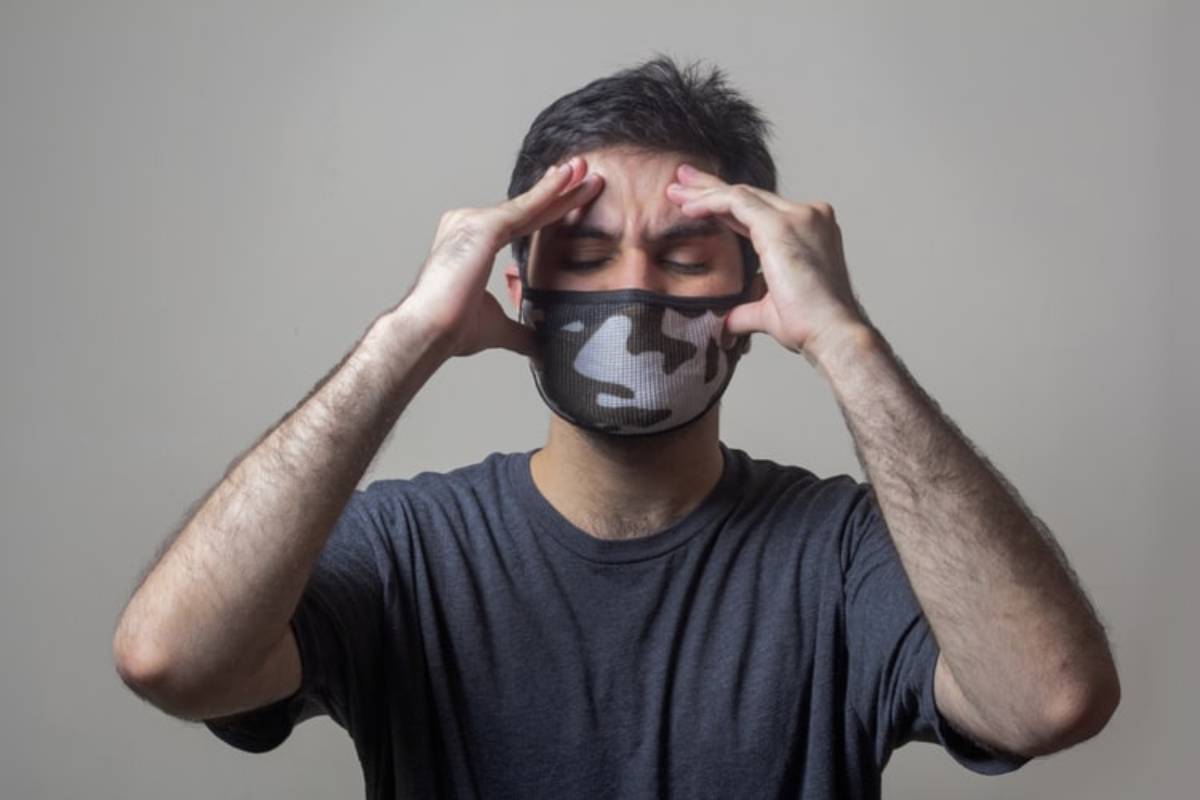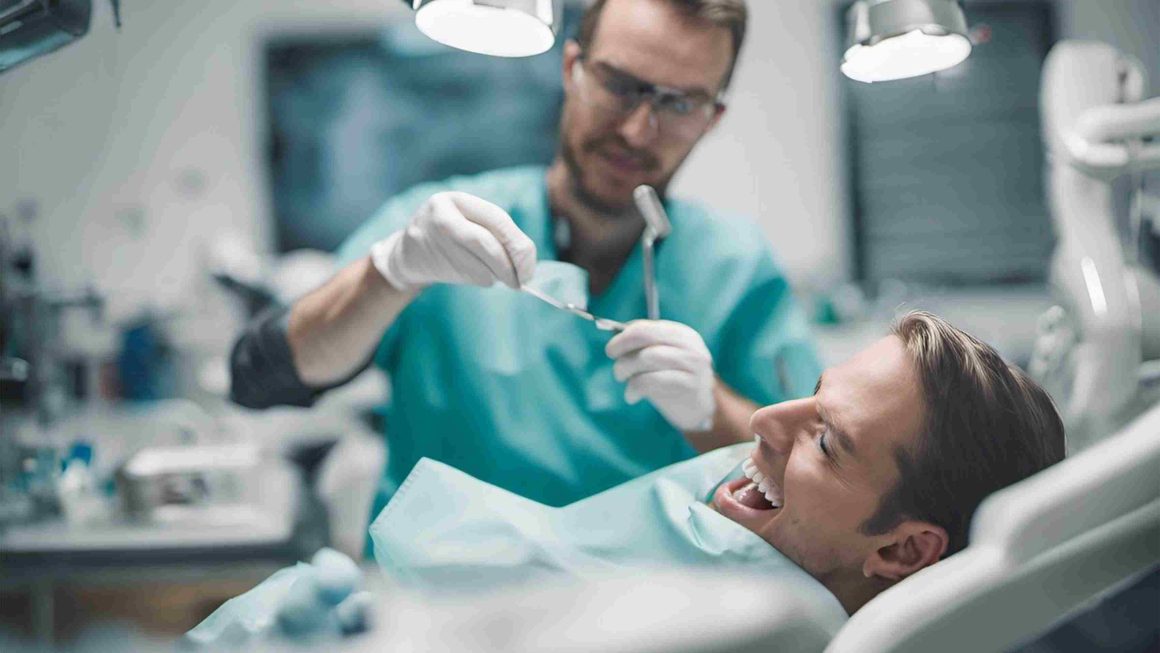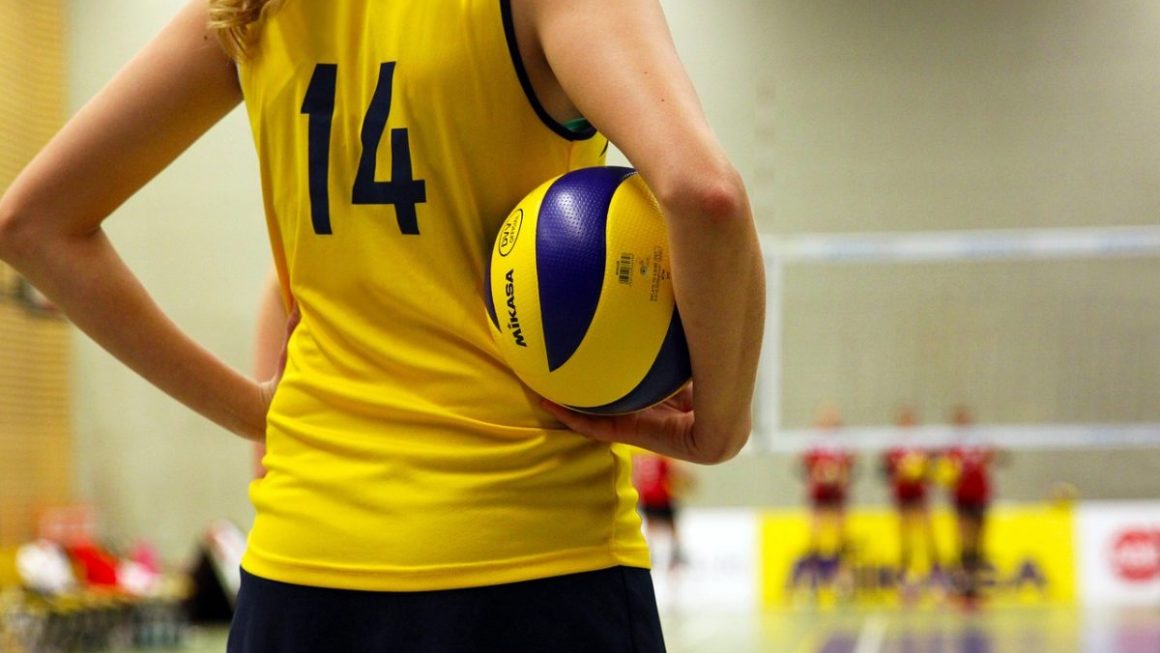Causes of headache: That stabbing pain in the temples, the stabbing pain in the forehead… most people have experienced the agony of a headache, and there are many possible causes. Some people are more likely to have it during or after exercise.
It’s good to know:
Headache is divided into two types: primary and secondary. The main ones are due to exertion, tension, or lack of sleep. Secondary headaches are a symptom of more serious conditions such as high blood pressure, infection, drug discontinuation, or stroke.
In this article, we identify 4 common causes of headaches after exercise and tell you how to treat and prevent them. We’ll also tell you if exercise can cause a migraine.
1: Poor Posture
Poor body posture, stress, and lack of fitness when working out can cause tension and headaches. Tension headaches are often described as constant pain on both sides of the head.
Headache Prevention
Pay attention to your form during workouts and your posture during the day. Go over these tips for improving your running form and try to avoid the most common mistakes when training with your weight.
If you have a headache after your workouts, try relaxing youre muscles by applying heat, massaging, or doing exercises to relieve neck pain.
2: Dehydration
Whether it’s due to exercise or simply not drinking enough fluids, dehydration is one of the most common causes of headaches. Calculate how much water you should drink each day with our water requirement calculator.
Headache Prevention
Make sure you drink enough water throughout the day to add a little variety you can include sports drinks which, in addition to hydration, also provide important micronutrients.
3: Hypoglycemia
Not only do you have a headache after training; but do you feel so weak, shaking, and even nauseous? These symptoms indicate that your blood sugar is too low and that you need to replenish your energy stores. You should always make sure that the body has enough energy to train.
Headache Prevention
If you experience any of the symptoms mentioned above during a workout, you should stop. You can replenish energy stores and increase blood sugar by eating more carbohydrates.
There are also certain foods or substances that, often in combination with other causes, can cause or worsen headaches and migraines. Try to avoid these foods that can cause headaches:
alcohol (especially wine or beer)
Chocolate
caffeine
old cheese
foods rich in
monosodium glutamate
Artificial sweeteners
Also Read: How To Overcome Stress And Depression
4: Workout Headache
Primary type headaches caused by intense physical activity are called exertional or exertional headaches. It is generally described as a stabbing, migraine-like pain all over the head (bilateral pain) and usually lasts between 5 minutes and 48 hours. A headache with extreme exercise can also lead to vomiting and vision problems. It is important to take these headaches seriously.
Headache Prevention
An exertional headache can develop if you skip the warm-up, if your workout is too intense, or if it is too hot. This can also happen at high altitudes, for example when climbing to a summit.
One way to avoid this type of pain is to reduce the intensity of your workouts. These summer running tips will help you beat the heat and avoid dehydration.
Can Exercise Case A Marine?
For starters, studies on the link between migraines and exercise aren’t as thorough as they should be. Even so, there are studies that show that people with a tendency to suffer from migraines can suffer from migraines caused by physical exercise.
It is believed that exercise and tension headaches are more likely to lead to migraines. If you are prone to migraines, it is even more important to try to prevent the 4 causes after exercising.
The good news is that studies also show that exercising regularly can help prevent migraines, or at least reduce the intensity of pain. This is due to the endorphins produced during exercise.
Abstract
Before you start training, make sure your hydration levels are adequate and your energy stores are full. Pay attention to your form and try to maintain good posture while exercising.
If you have a severe headache associated with dizziness, nausea, tremors, and/or vomiting, stop training immediately and contact medical personnel. The same is true if the headaches last for a few days.




